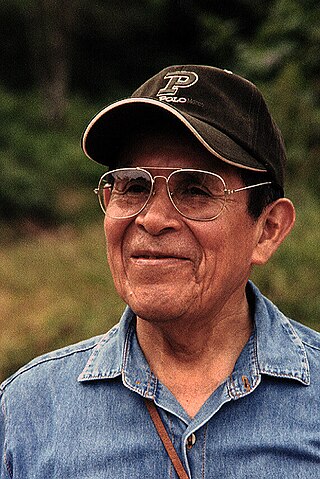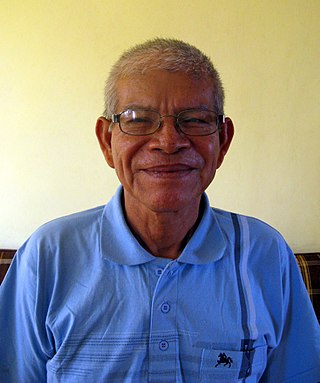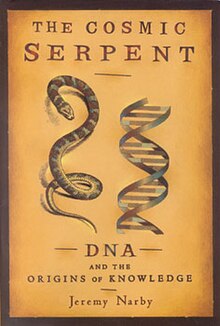
Ayahuasca is a South American psychoactive brew, traditionally used by Indigenous cultures and folk healers in Amazon and Orinoco basins for spiritual ceremonies, divination, and healing a variety of psychosomatic complaints. Originally restricted to areas of Peru, Brazil, Colombia and Ecuador, in the middle of 20th century it became widespread in Brazil in context of appearance of syncretic religions that uses ayahuasca as a sacrament, like Santo Daime, União do Vegetal and Barquinha, which blend elements of Amazonian Shamanism, Christianity, Kardecist Spiritism, and African-Brazilian religions such as Umbanda, Candomblé and Tambor de Mina, later expanding to several countries across all continents, notably the United States and Western Europe, and, more incipiently, in Eastern Europe, South Africa, Australia, and Japan.

Entheogens are psychoactive substances that induce alterations in perception, mood, consciousness, cognition, or behavior for the purposes of engendering spiritual development or otherwise in sacred contexts. The anthropological study has established that entheogens are used for religious, magical, shamanic, or spiritual purposes in many parts of the world. Entheogens have traditionally been used to supplement many diverse practices geared towards achieving transcendence, including divination, meditation, yoga, sensory deprivation, healings, asceticism, prayer, trance, rituals, chanting, imitation of sounds, hymns like peyote songs, drumming, and ecstatic dance. The psychedelic experience is often compared to non-ordinary forms of consciousness such as those experienced in meditation, near-death experiences, and mystical experiences. Ego dissolution is often described as a key feature of the psychedelic experience.

Pablo Cesar Amaringo Shuña was a Peruvian artist, renowned for his intricate, colourful depictions of his visions from drinking the entheogenic plant brew ayahuasca. He was first brought to the West's attention by Dennis McKenna and Luis Eduardo Luna, who met Pablo in Pucallpa while traveling during work on an ethnobotanical project. Pablo worked as a vegetalista, a shaman in the mestizo tradition of healing, for many years; up to his death, he painted, helped run the Usko-Ayar school of painting, and supervised ayahuasca retreats.
Neoshamanism refers to new forms of shamanism. It usually means shamanism practiced by Western people as a type of New Age spirituality, without a connection to traditional shamanic societies. It is sometimes also used for modern shamanic rituals and practices which, although they have some connection to the traditional societies in which they originated, have been adapted somehow to modern circumstances. This can include "shamanic" rituals performed as an exhibition, either on stage or for shamanic tourism, as well as modern derivations of traditional systems that incorporate new technology and worldviews.

Santo Daime is a syncretic religion founded in the 1930s in the Brazilian Amazonian state of Acre by Raimundo Irineu Serra, known as Mestre Irineu. Santo Daime incorporates elements of several religious or spiritual traditions including Folk Catholicism, Kardecist Spiritism, African animism and indigenous South American shamanism, including vegetalismo.

Jan Kounen is a Netherlands-born French film director and producer.
Luis Eduardo Luna is an anthropologist and noted ayahuasca researcher.

Jonathan Ott is an ethnobotanist, writer, translator, publisher, natural products chemist and botanical researcher in the area of entheogens and their cultural and historical uses, and helped coin the term "entheogen".

Icaro is a South American indigenous and mestizo colloquialism for magic song. Today, this term is commonly used to describe the medicine songs performed in vegetal ceremonies, especially by shamans in ayahuasca ceremonies.

Yachay is a special type of phlegm generated by shamans and sorcerers of the Peruvian Amazon Basin which is believed to contain the essence of their power in the form of virotes, tsentsak, darts, arrows, or splinters of bone that are believed to be contained in the phlegm. It is believed that these may be fired from the mouth, and that being pierced by virotes causes various conditions. These may be removed by a shaman, who sucks them out of the victim's body.
Entheogenic drugs have been used by various groups for thousands of years. There are numerous historical reports as well as modern, contemporary reports of indigenous groups using entheogens, chemical substances used in a religious, shamanic, or spiritual context.

Intelligence in Nature: An Inquiry into Knowledge is a 2005 non-fiction book by Jeremy Narby.
Kenneth A. Symington of Cañal was a British-Cuban civic leader, the last National Executive Commissioner of the Asociación de Scouts de Cuba.

The Jivaroan peoples are the indigenous peoples in the headwaters of the Marañon River and its tributaries, in northern Peru and eastern Ecuador. The tribes speak the Chicham languages.

Michael James Harner was an anthropologist, educator and author. His 1980 book, The Way of the Shaman: a Guide to Power and Healing, has been foundational in the development and popularization of Core shamanism as a new age path of personal development for adherents of neoshamanism. He also founded the Foundation for Shamanic Studies.
Vegetalismo is a term used to refer to a practice of mestizo shamanism in the Peruvian Amazon in which the shamans—known as vegetalistas—are said to gain their knowledge and power to cure from the vegetales, or plants of the region. Many believe to receive their knowledge from ingesting the hallucinogenic, emetic brew ayahuasca.

Guillermo Arévalo Valera is a Shipibo vegetalista and businessperson from the Maynas Province of Peru. His Shipibo name is Kestenbetsa.
Francis Huxley was a British botanist, anthropologist and author. He is a son of Julian Huxley. His brother was Anthony Julian Huxley. His uncle was Aldous Huxley.
Shamanism is a religious practice present in various cultures and religions around the world. Shamanism takes on many different forms, which vary greatly by region and culture and are shaped by the distinct histories of its practitioners.













